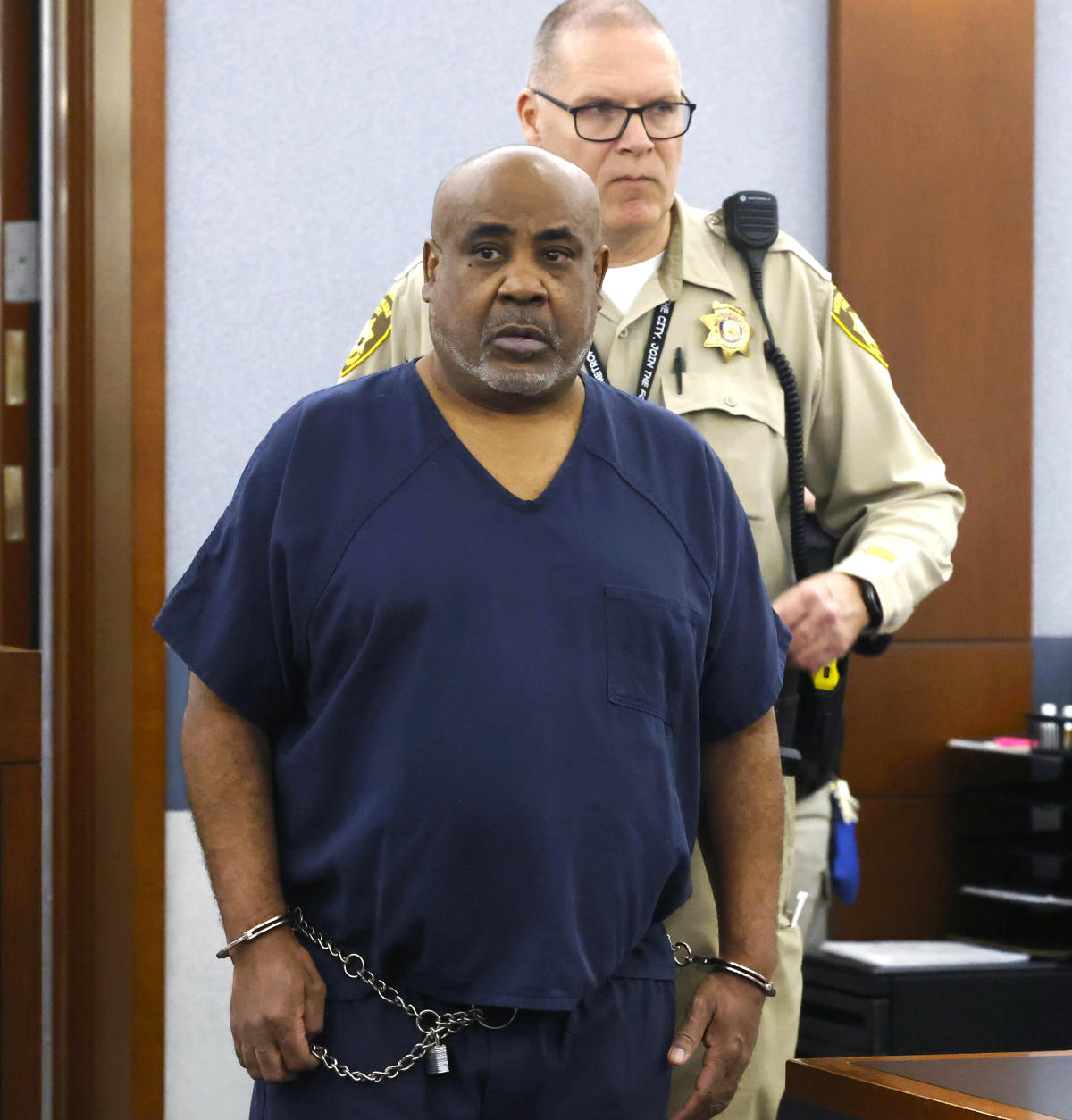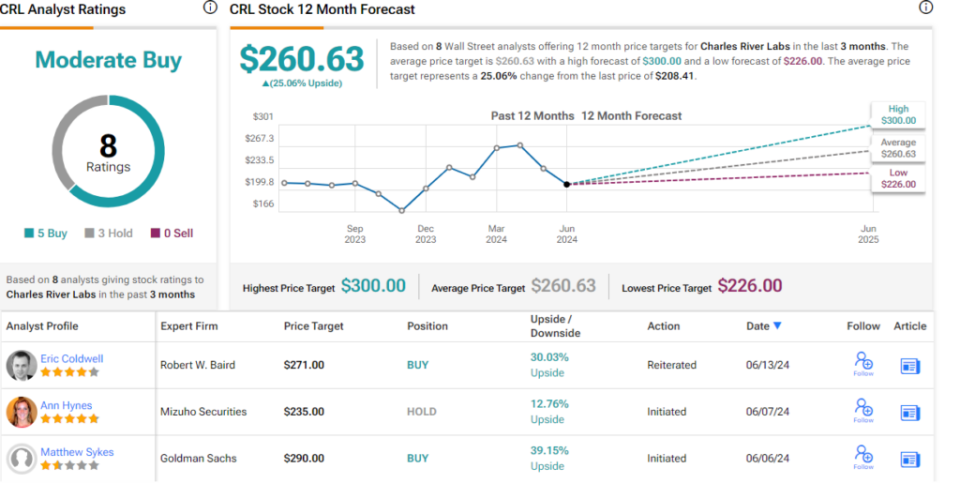The economy added 206,000 jobs last month, according to fresh government data, but unemployment inched above 4% for the first time in over two years.
The June jobs report, released Friday morning by the Bureau of Labor Statistics, showed somewhat hotter hiring than the 200,000 nonfarm job gains economists had expected. That marked a slowdown since May, whose level was revised down to 218,000 from 272,000. April’s job gains were also revised sharply lower, showing 111,000 fewer roles added during those prior two months than earlier thought.
“The June rise in nonfarm payroll was slightly higher than expectations, but the big downward revisions to April and May are the story,” Kathy Jones, chief fixed income strategist at Charles Schwab, posted on X Friday. “Job market is slowing down.”
The U.S. labor market has for months defied long-running forecasts of a sharper pullback. Instead, prospects for workers have generally remained robust even as employers ease up on hiring. The latest report shows conditions are gradually tightening.
Workers’ pay continues to rise, with average hourly earnings up 3.9% in June from the year before. That’s still higher than pre-pandemic — and still outpacing inflation, at 3.3% as of May — but marks the smallest annual increase since May 2021.
And for the first time since November 2021, the unemployment rate ticked above 4%, hitting 4.1% in June. That remains a historically low level, and the uptick coincides with a slight rise in the labor force participation rate. That measure of working-age people who are employed or actively job-hunting hit 62.6% in June, up from 62.5% in May.
Slowing job growth combined with slowing inflation reinforces widespread hopes that the Federal Reserve could begin cutting interest rates in September, which would bring some relief to credit card users and people with loans and mortgages.
“If the job market continues to cool and inflation allows, the central bank will shift some of its attention away from the stable prices part of its mandate to increasingly focus on the other issue which is maximum employment,” Bankrate Senior Economic Analyst Mark Hamrick said in a statement Friday.
Last week, the Fed’s preferred gauge of price growth, the Personal Consumption Expenditures price index, climbed 2.6% from a year ago in May. That was the lowest annual rate since March 2021.
In remarks this week, Fed Chair Jerome Powell said risks to its inflation and employment goals “have come back much closer to balance.” In other words, the odds the Fed won’t act aggressively enough to wrestle inflation back down to its 2% target are now closer to even with the odds that unemployment will increase as a result.
“The longer the Fed maintains its high interest rate strategy, the greater the risk that it throttles the economy back too far,” Moody’s Chief Economist Mark Zandi told NBC News ahead of Friday’s jobs report. “We’re starting to see higher claims and layoffs and job market pullbacks. That’s an increasing concern.”
On Wednesday, the Labor Department reported initial claims for unemployment benefits continued to rise, while ongoing unemployment claims hit their highest level since November 2021.
Firing rates remain low, ING global financial group Chief Economist James Knightley pointed out in a note to clients this week, but “if you do unfortunately lose your job it is becoming much harder to find a new position,” he said.
Still, many analysts have been encouraged by the pace and direction of recent labor market trends.
“That 206K is what full employment looks like in an economy that is cooling back towards trend,” RSM Chief Economist Joe Brusuelas wrote on X following the June report, adding that a potential September rate cut remains in focus.
“Right now we’re seeing a job market that is experiencing what I like to call a modulated cooldown,” Nela Richardson, chief economist of payroll processor ADP, told reporters earlier this week. “It’s striking the right note at the right time.”
ADP’s own data on private-sector hiring showed Wednesday that just 150,000 roles were added in June, fewer than expected, driven largely by leisure and hospitality.
“This is a gradual cooldown that we all expected,” Richardson reiterated on CNBC Friday after the report, but added, “I’d like to see the hiring be more broad-based than it is now.”
This article was originally published on NBCNews.com
Signup bonus from





